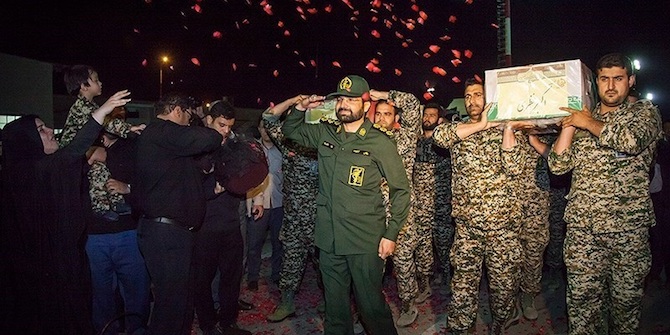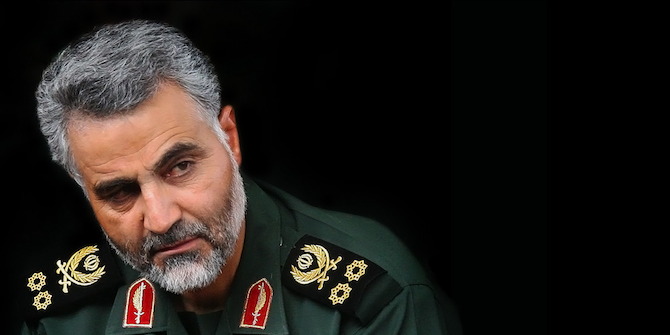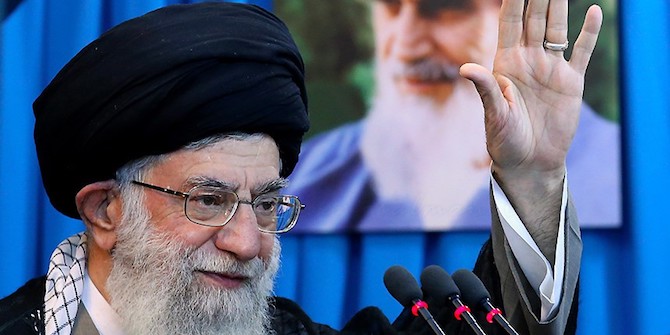by Alok Tiwari

Jeddah is the second largest city in Saudi Arabia, popularly known as the ‘bride of the Red Sea’. The city has an impressively rich heritage of over 2500 years. It was initially a fishermen’s settlement and later a major port for spice trade. Jeddah also serves as a gateway to the holy cities of Makkah and Medina.
Historically, Jeddah’s boundaries were constrained by fortified walls. However, their demolition in 1947, followed by the oil boom in 1950, has led to low density urban development in the northern part of the city – of which the South Obhur district is an excellent example.
South Obhur is a sea bay located nearly 30 kilometres north of Jeddah city. The area is popular for its tourism along the Red Sea coast. It is a low-density settlement; the population density per square kilometre is 886, which is barely a third of Jeddah city (25,00/sq km). South Obhur mainly houses luxury villas for tourists and high-income local residents, who predominantly migrated from Jeddah’s historic old town (known as al-Balad), in the pursuit of large, detached, and calm sea-facing dwellings. Despite being an attractive option to the majority of rich residents, these low-density urban sprawls remained neglected by public transport facilities and became dominated by cars. The streets of South Obhur seem to segregate communities due to car-centric urban planning and designs of the past. One of our exploratory studies also suggests that these urban sprawls (in the north of Jeddah) have started to lose their charm because of diminishing housing and transport affordability.
Until recently, planning policies failed to recognise the significance of public places in Jeddah. Albeit a little late, many scholars have started to investigate the potential of streets as public space in the city. Some scholars rightly observed that ‘no public space works harder than the street. Streets provide vital links to homes and business, and serve as public spaces.’
Keeping this in mind, we conducted a brief audit on street walkability in South Obhur. Based on a survey of 43 people, we found that an average healthy person who weighs 80 kilos can burn 70 calories in 6 minutes, when walking around 650 meters from a given point ‘a’ to ‘b’, towards Obhur park. Meanwhile, reaching the same destination by car takes 5 minutes, and requires driving for 2 kilometres and burning 1 litre of fuel. This is an obviously environmentally unsustainable option.
While hot climate is often blamed for Jeddah’s poor walkability, our study suggests that unsafe road crossings are the main cause behind it, as 70% of our respondents confirmed. We observed that street design in the South Obhur district does not support walking, and there is no connected network of walking trails to address this. A second factor is the absence of shade on such trails. In brief, the safety and comfort of pedestrians is not taken care of.
Furthermore, it was observed that in Obhur Park, nearly 59% of the area is allocated to parking, while the remaining 41% is for enjoying the sea view. Besides the latter however, areas to contemplate the sea coast are generally too narrow. Such land allocation reflects demonstrates how planners and policymakers had different priorities in the past. These should be revisited and changed to reshape existing streets and enhance people’s quality of life.
Finally, Vision 2030 stimulates hope for new modes of urbanism in Saudi cities. The Vision promises a high quality of life for urban residents of which healthy streets are an integral part. Indeed, Jeddah Municipality is working towards making the city greener and more walkable. Many new public spaces have flourished in the past 5-6 years or so, to support people’s wellbeing. Walkways such as Tahlia, al-Rehab, al-Fasiliya are now being praised by local residents, and especially women. These walkways are supporting their outdoor physical activity, which was rarely witnessed in the past. I want to therefore be optimistic about the South Obhur district, as an example of urban sprawl that can also provide health-oriented and connected streets sooner rather than later.
This piece is part of a series on urban development and the role of road infrastructure in forging socio-spatial conditions, based on contributions from participants in a closed LSE Roundtable in September 2021. Read the introduction here, and see other pieces below.
In this series:
- (Re)thinking Streets in Low Urban Densities by Alexandra Gomes, Apostolos Kyriazis, Clémence Montagne & Peter Schwinger
- The Future Development of the City of Kuwait: Kuwait’s Urban Form as a Case Study by Roberto Fabbri
- Pedestrian Dynamism Index: An Approach to Increasing Permeability between the Peripheral and Central City of Guadalajara by Monica Castañeda, Ricardo Fernandez and Roberto Robles-Arana
- Studying Abroad in Stockholm: Incentivising Young Adults Towards Greener Mobility by Ningning Xie
- Plan with a Purpose: A Systems Approach in Transportation Development and Liveable Cities by Lizao Chen
- Metropolisation and Spatial Segregation in Gulf Cities: The Cases of Abu Dhabi and Dubai by Moiz Uddin
- Rethinking Streets in North Obhur, Jeddah, Kingdom of Saudi Arabia by Alok Tiwari
- Safe and Active Mobility: A Prototype for the Re-Pedestrianisation of Residential Neighbourhoods in Oman by Gustavo de Siqueira
- Urbanisation and Physical Activity: Addressing the Needs of Omani Women by Ruth Mabry and Huda Al Siyabi






